
Embarking on a transformative journey through six chapters, we traverse India's landscape, exploring pioneering startups and their revolutionary...
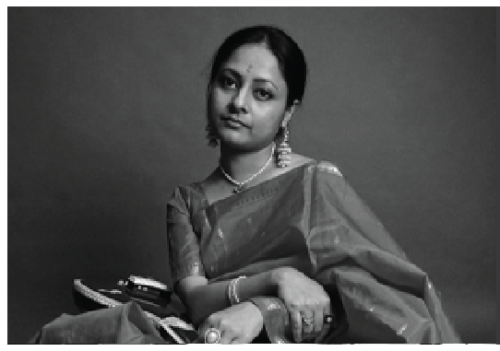
I grew up in a quintessential middle-class Bengali family in Jamshedpur, and my parents enrolled me into a myriad of culture-enhancing classes like classical dance, music, art, etc. As a norm in many Bengali families, the plan was to see which one of those I discover an interest in and then pursue.
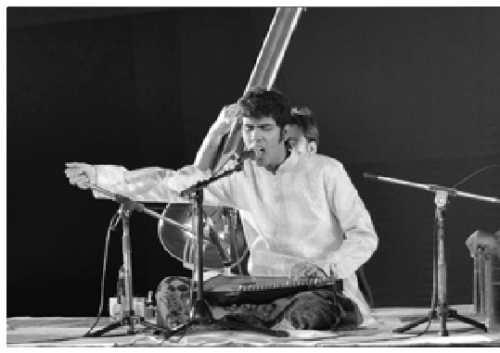
“As a kid I dreamed of becoming a cricketer. But with age, I realized my destiny lay in music. It has always been in our veins,” says Ghulam Hasan Khan—the musical heir of the 200-year-old Rampur-Sahaswan Gharana.
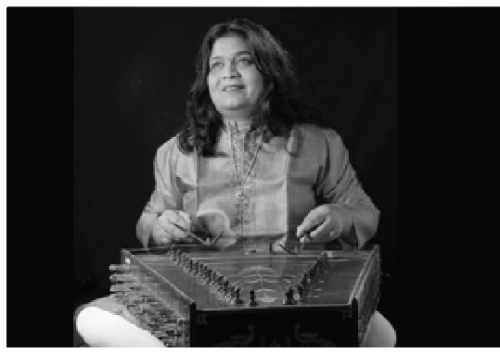
In 2018, she won the ‘First Lady of Santoor’ award from the President of India & Ministry of Women and Child Development. Today, Varsha is one of the few female santoor players from Kashmir’s Sufiana repertoire and is also an accomplished tabla player.
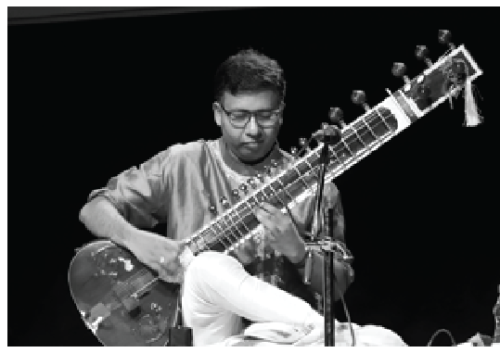
He is a brilliant sitar player and is also deft at navigating through two very different realms — the musical world and the corporate world. Based in Hyderabad, he also works in a leading software company.
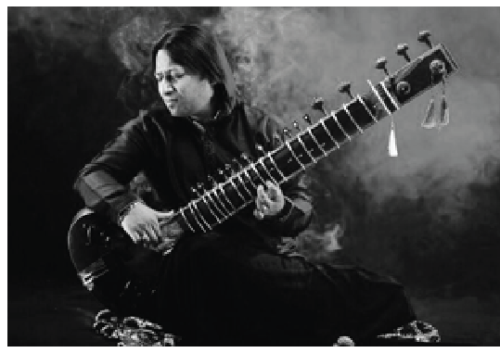
One of the most promising young exponents of Indian classical music, Shakir Khan belongs to the 8th generation of the Etawah Gharana. He is the son and disciple of sitar maestro Ustad Shahid Parvez. Growing up in a family with deep roots in classical music, Shakir decided to follow in his father’s footsteps to continue the unbroken legacy of their family’s musical talent.
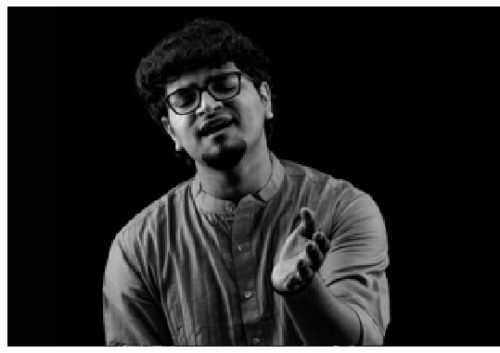
He started his training under the tutelage of his grandfather Pt. Arun Kumar Chatterjee and father Pt. Sarathi Chatterjee at the age of 4. Saptak is not only an empaneled artist with the Indian Council for Cultural Relations (ICCR) and B High-grade artist with the All India Radio (AIR), but also an accomplished composer and audio engineer. He released his debut album titled Material & Mind in 2018.
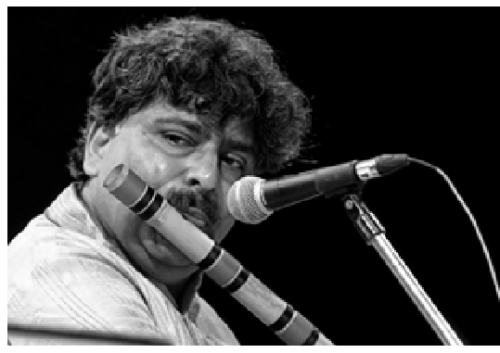
“I used to sit in a corner listening to my father teach his students the tenets of Indian classical music, and sometimes even accompany him for overnight music jalsas where prominent artists would perform,” reminisces 51-year-old Santosh Sant.
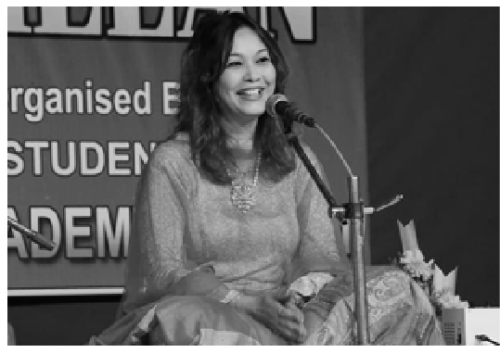
“I remember hiding in a corner and listening to my elder sister’s guru as he tutored her in Rabindra Sangeet. One day after the class, I was humming the song when my father noticed and recorded it. I was only a 2-year-old at the time! Eventually, when several people commented on how I sang very well, my father got the idea to push me towards music,”
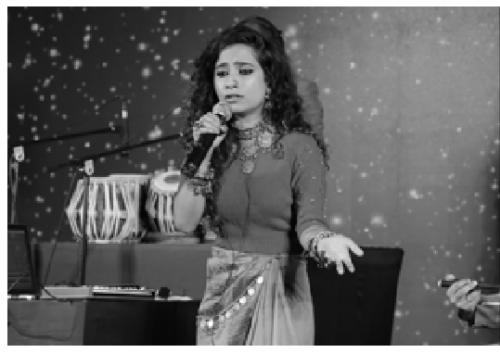
30-year-old Mahima Dayal Mathur’s (a.k.a Bawari Basanti) raw and earthy voice finds expression in classical and folk vibrations. She shares the story of her younger self when she would sit and quietly observe her grandmother, who taught Hindustani classical music to her students.
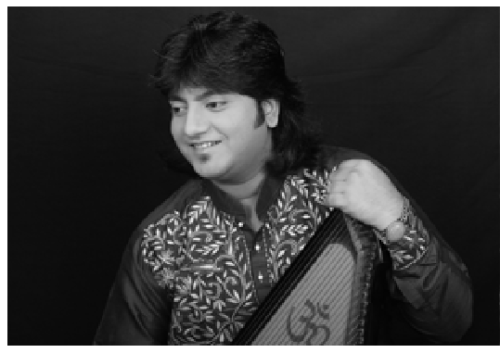
“When you grow up in a house with an environment deeply rooted in music, life beyond that ceases to exist. So, music truly is my soul,” says the 24-year-old rising star of Indian Classical music, Anuratn Rai.
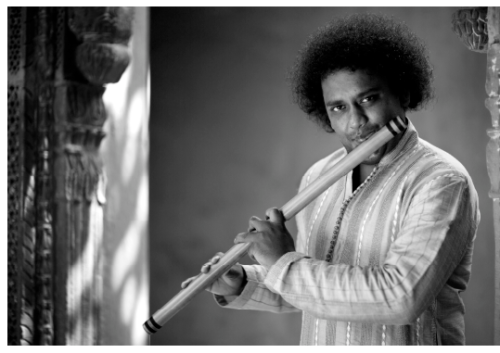
“It was Janmashtami, and I was playing a game with my friends when I picked up my grandfather’s flute and began to play it. To everyone’s surprise, despite being unacquainted with the technicalities of the flute, I managed to produce a few harmonious notes,” recalls the 8th generation musician of the legendary Benaras Gharana.
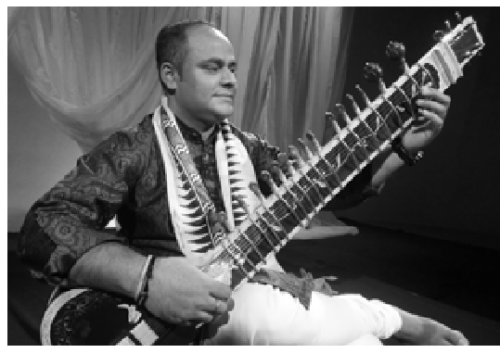
Naveen Mishra, a Hindustani classical sitar player, began his musical journey at the age of 4. As a student of the renowned Benaras Gharana, one of the most important lessons that he imbibed was that good music needs ample time and patience.
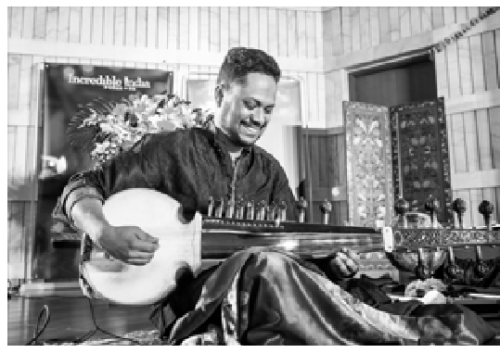
“I was a young boy with dreams of being a musician, but in search of the right direction,” is how 38-year-old sarod player, Sayak Barua, describes the beginning of his musical journey, which was marred with obstacles.
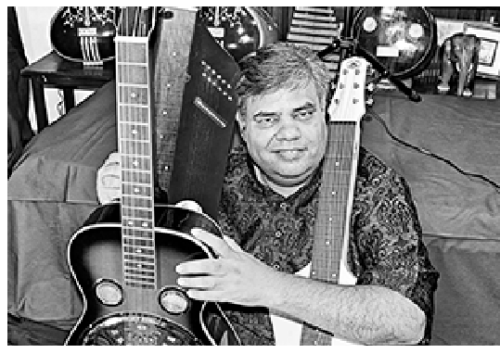
“I played ‘Yamma Yamma,’ a song from the movie Shaan. It was just for fun, but I was taken aback with the thunderous applause. I fell in love with this feeling. At that moment, somehow my destiny was decided,” he recalls.
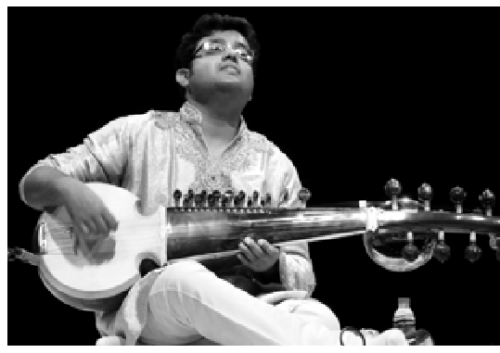
He started his classical music training under the legendary Ustad Ashish Khan at the age of five, and performed his first stage solo in 2003, at 16. Soon, in 2008, he participated and won the All-India music competition organised by the All India Radio (AIR), earning the coveted President’s gold medal award.
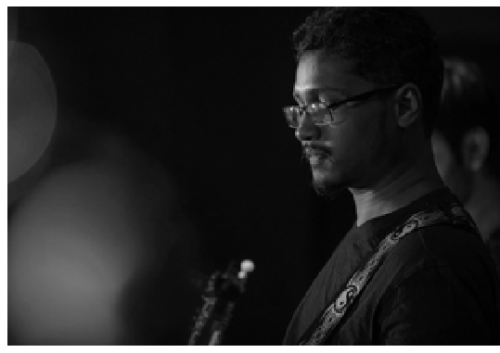
“In my family, everyone appreciated music, but nobody really pursued it as a career so as a kid I never anticipated that I would one day be a professional musician. But, slowly in my teens, I began to understand my attraction to it. I remember saving up to buy a second-hand guitar and then spending weeks to learn it on my own,” he shares. –
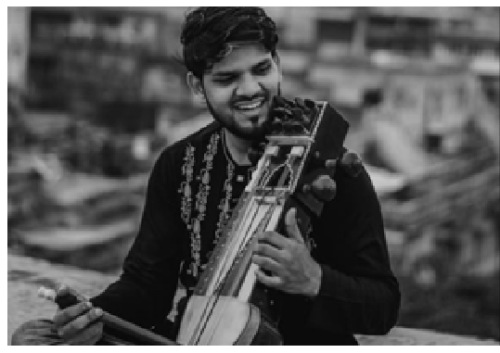
“I still remember how I used to cry and question my decision, as my fingers bled profusely, practice after practice. The sarangi is one of the most difficult instruments to master, not only in terms of technique but also the physical pain that goes into it. I have not just dedicated my time and sweat, I have given my blood, literally, to become a sarangi player,” recalls the 26-year-old Delhi-based artist.
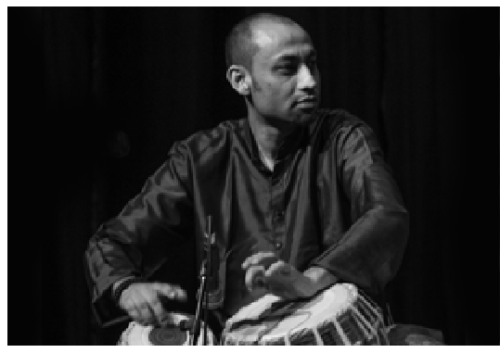
From starting his training at the age of eight, his first solo performance for the Sahitya Kala Parishad Scholarship at the age of 11, to performing across the globe in more than 300 concerts and festivals, he has come a long way.
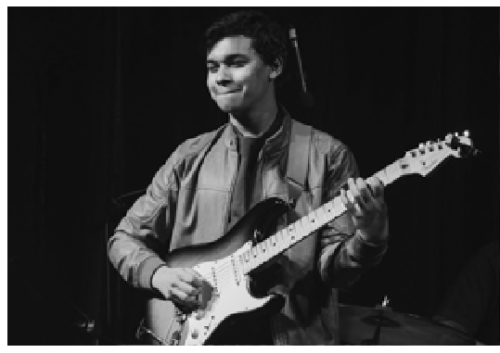
“It was an acoustic guitar and I remember how fascinated I was. I had never even touched one before so playing was far fetched. But, I tried and after a whole night of spending time with it, I finally began to understand it, and soon it was love,” recalls the Delhi-based 23-year-old guitarist and composer, who is the front-man of an instrumental band, Submarine in Space that he co-founded.
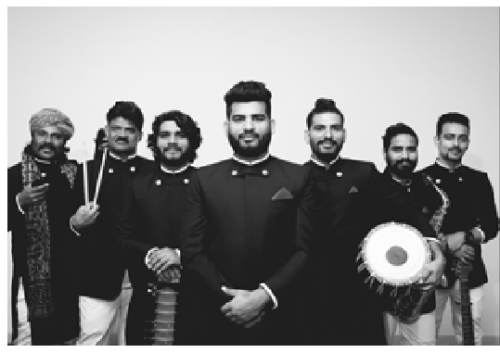
“Initially ours was an Indo-western instrumental band that put a lot of focus on Indian classical music. Although it set us apart from other bands that were mostly focused on electronic or rock music, it also made us niche, which resulted in several Indian platforms treating our band like background artists,” adds Pratap.